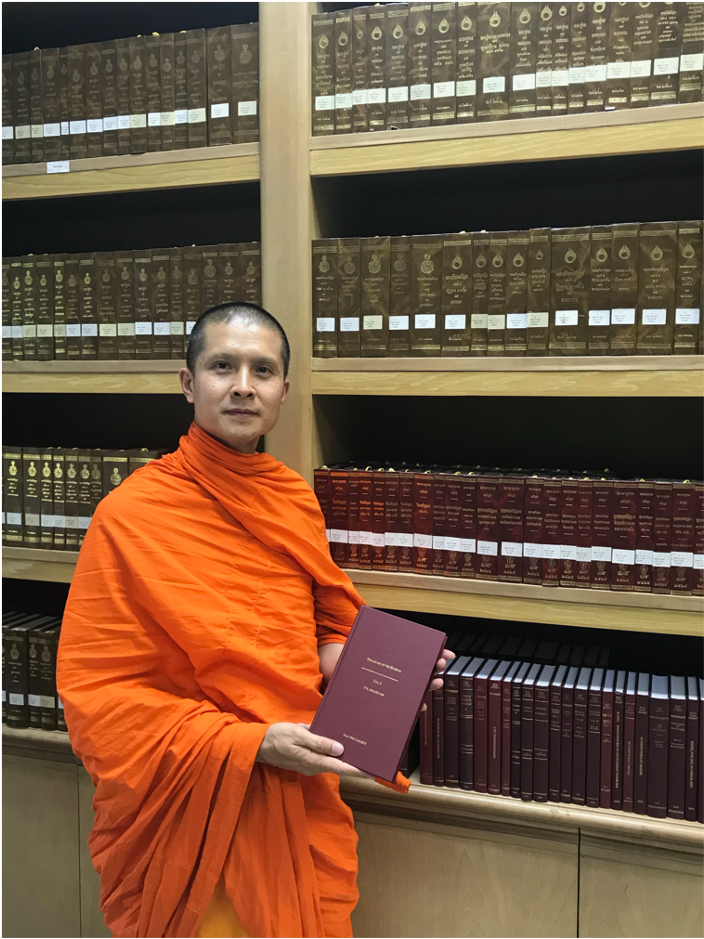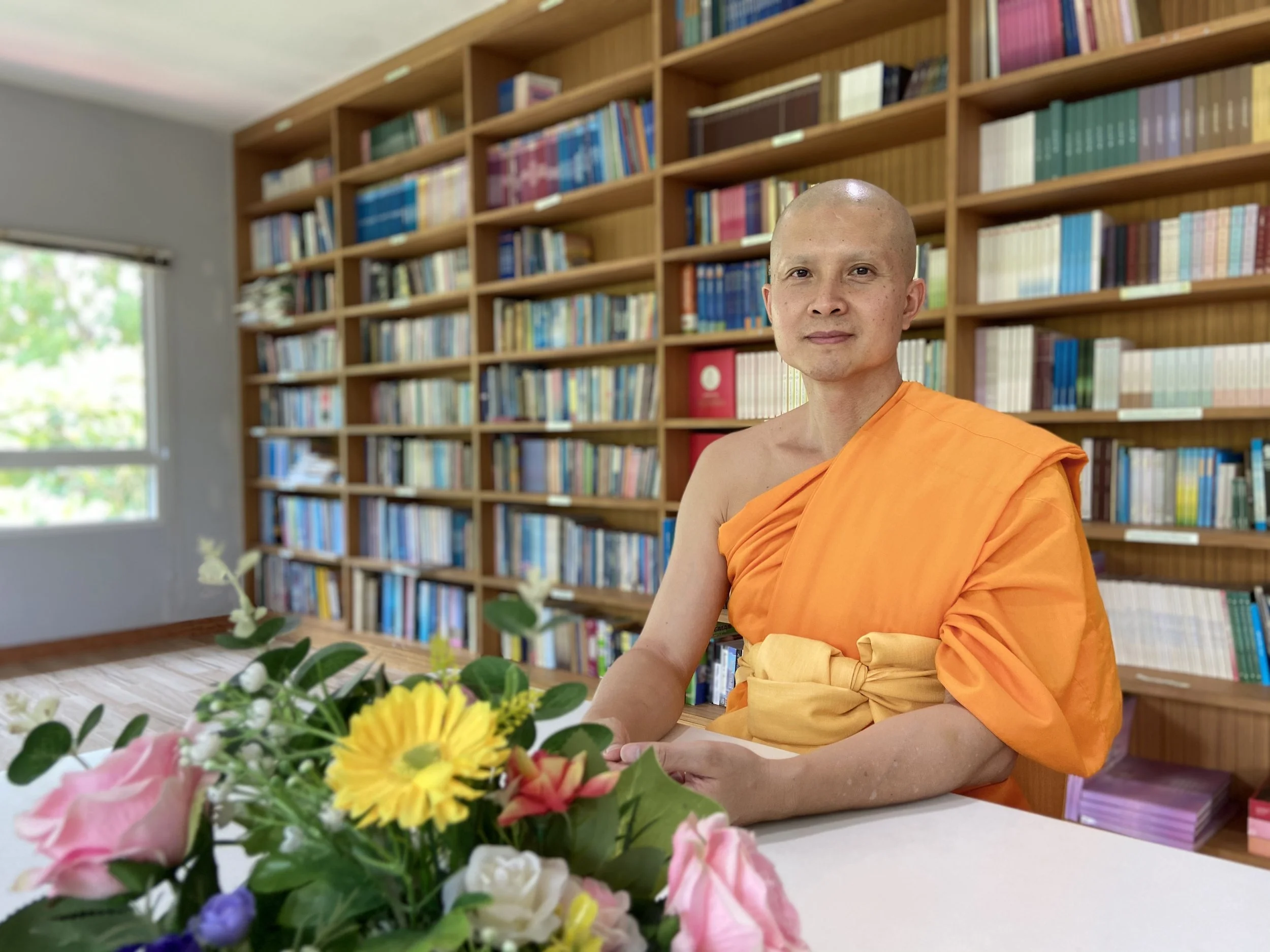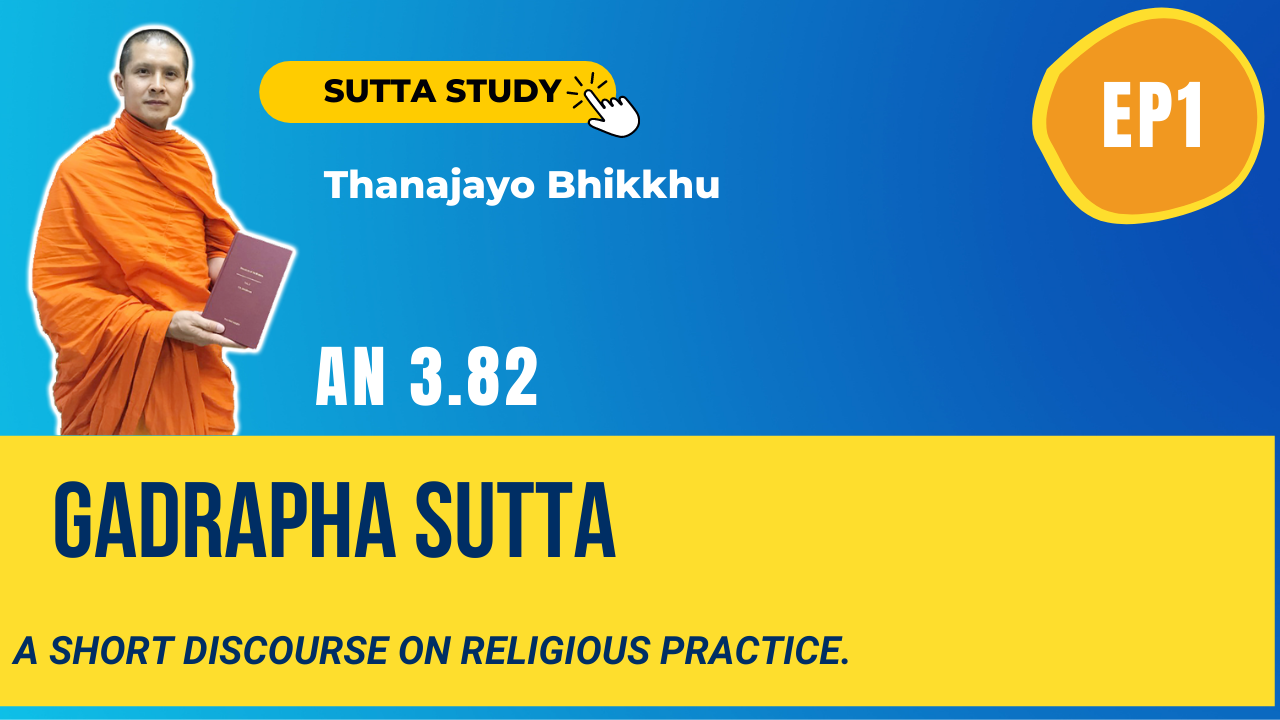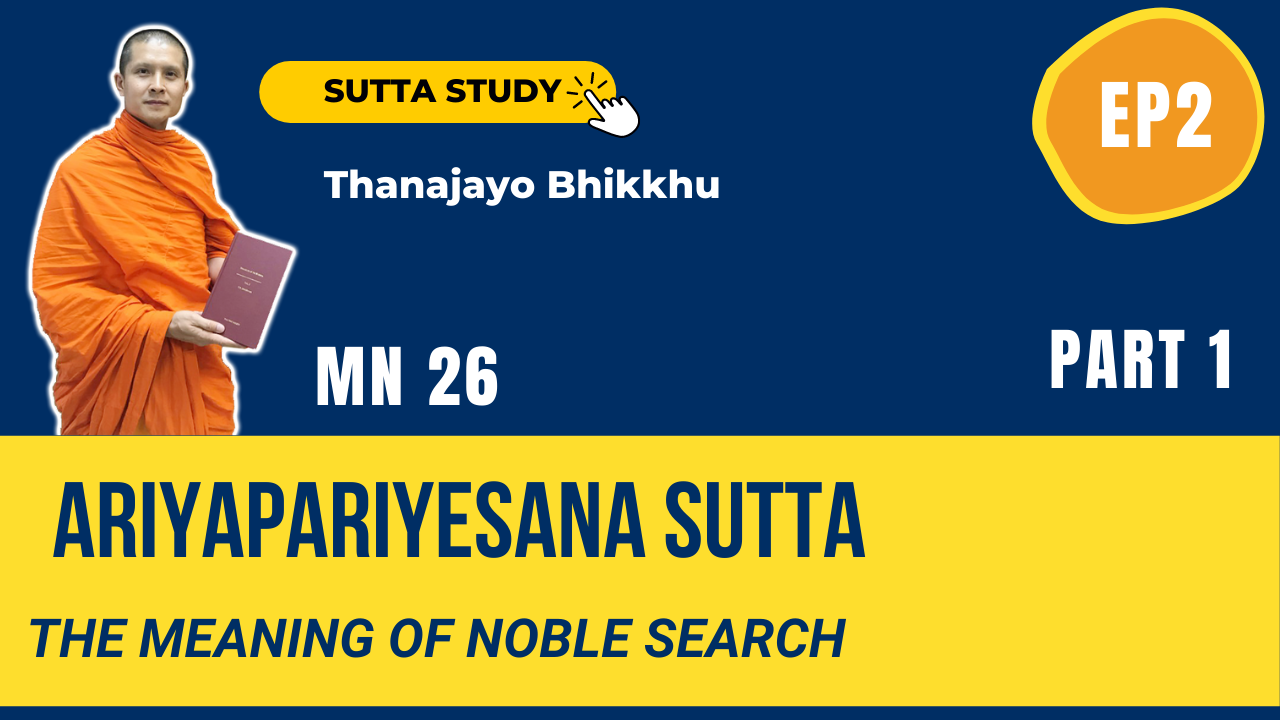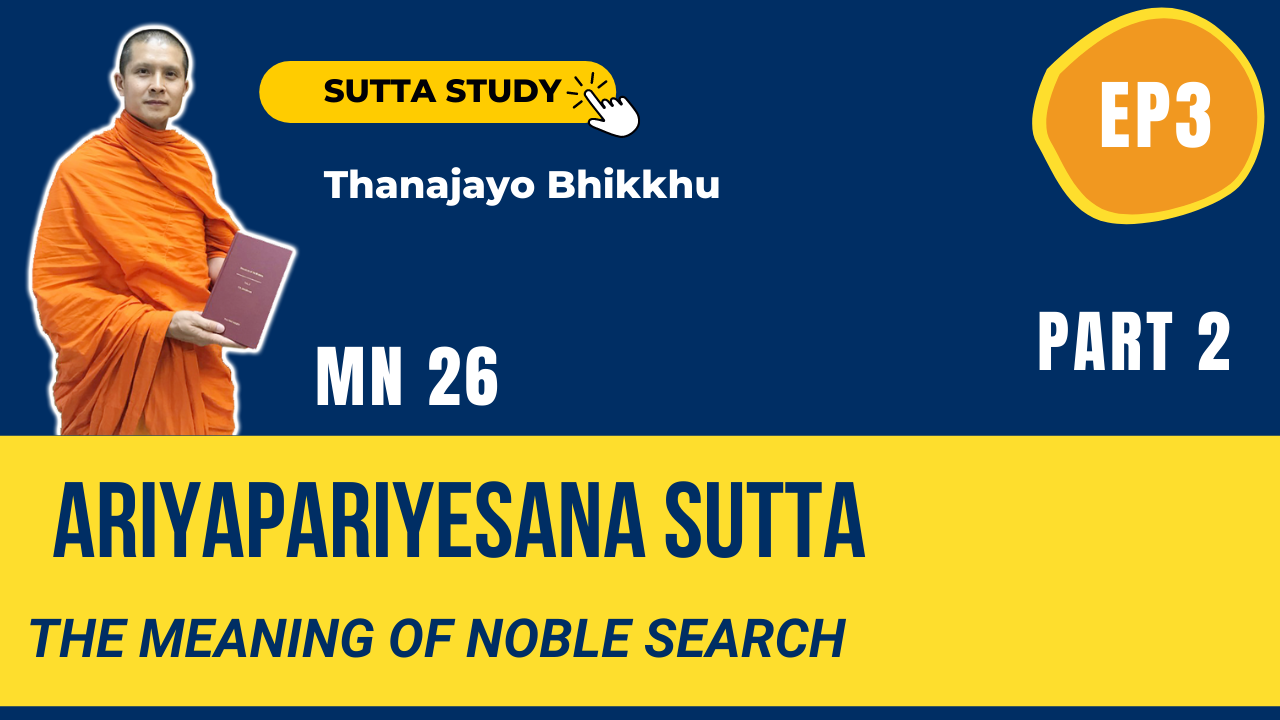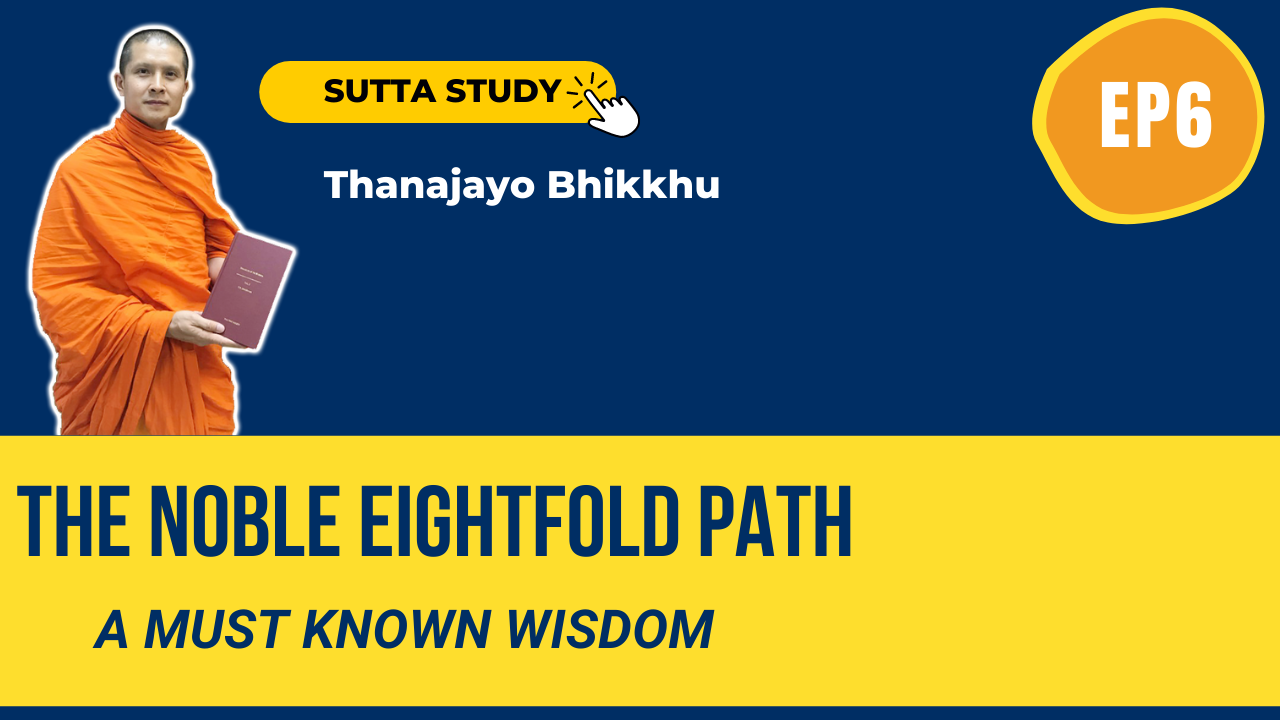Let’s hang out with the Buddha via sutta study.
The Buddha gives the greatest gift to humanity -the gift of wisdom. Though he passed long time ago, his teachings still alive through the sacred buddhist text. As long as the teachings still exist, reaching the spiritual liberation is a promising task. Studying sutta enables us to gain the direct access to the authentic teachings of the Buddha. Learning 2500 years old discourses not only is intriguing, but it also provides us with clear and detailed instructions of how to live good life for both monks and lay people.
The Pali Cannon or Tipiṭaka (three baskets) is the collection of the teachings of the Buddha comprises Vinaya Piṭaka (discipline basket), the Sutta Piṭaka (sutta basket) the and the Abhidhamma Piṭaka (higher doctrine basket).
Most of the Dhamma teachings of the Buddha and his prominent disciples are kept in the Sutta Piṭaka which contains five Nikāyas or collections: Digha Nikāya (34 long discourses), Majjhima Nikāya (152 middle-length discourses), Samyutta Nikāya (connected discourses), Anguttara Nikāya (numerical discourses), and Khuddaka Nikāya (minor collection).
“When four things are developed and cultivated they lead to the growth of wisdom: Associating with good people, Listening to the true teaching, Proper attention and Practicing in line with the teaching.”
-The Buddha- (Pannavuddhi Sutta, SN 55.60)
Discourse on the Recluse and the Donkey. This sutta demonstrates the ideal of a good Bhikkhu and those who walk on the spiritual journey under the guidance of the Buddha. The Buddha as declaring that a donkey may closely follow behind a herd of cows and regard itself as a cow, but it is still a donkey, all the same. Even so, a foolish monastic, without spiritual training, may be closely associated with famous teachers or great establishments, but he remains a foolish monk or nun, all the same. (Gadrabha Sutta, AN3.82) | 10 Sep 2021 | ppt
Ariyapariyesana Sutta (MN 26) or Pasarasi Sutta is one of the most significant suttas in the Sutta Pitaka. Recounting Siddhartha Gotama’s own experience during his search for truth. The Sutta provides continual guidance on establishing and maintaining an authentic, practical, and effective Dhamma practice.
Part 1: The Noble Search (Ariyapariyesana Sutta, MN 26) | 17 Sep 2021 | ppt
Ariyapariyesana Sutta (MN 26) or Pasarasi Sutta is one of the most significant suttas in the Sutta Pitaka. Recounting Siddhartha Gotama’s own experience during his search for truth. The Sutta provides continual guidance on establishing and maintaining an authentic, practical, and effective Dhamma practice.
Part 2: The Enlightenment (Ariyapariyesana Sutta, MN 26) | 24 Sep 2021 | ppt
The Dhammacakkappavattana Sutta (The Setting in Motion of the Wheel of the Dhamma) is the first discourse given by the Buddha to the five ascetics who had been his former companions: Kondañña, Assaji, Bhaddiya, Vappa, and Mahānāma. The main topic of this sutta is the Four Noble Truths, The Eightfold Path and Middle Way. According to Buddhist tradition, the Buddha delivered this discourse on the day of Asalha Puja. This was seven weeks after he attained enlightenment. Let’s explore this first teaching of the Buddha together. (SN 56.11) | 1 Oct 2021 | ppt
The Buddha's first teaching after his enlightenment centered on the Four Noble Truths, which are the principle of Buddhism: The truth of suffering (dukkha), The truth of the cause of suffering (samudaya), The truth of the end of suffering (nirhodha) and The truth of the path that leads to the end of suffering (magga). The Four Noble Truths (SN 56.11) | 8 Oct 2021 | ppt
The Noble Eightfold Path explained from the Buddhist text: Ariyapariyesana Sutta, MN 26 Mahasatipatthana Sutta, DN 22 Saccavibhanga Sutta & MN 141, SN 45.8. The Noble Eightfold Path comprises: Right understanding (Samma ditthi) Right thought (Samma sankappa) Right speech (Samma vaca) Right action (Samma kammanta) Right livelihood (Samma ajiva) Right effort (Samma vayama) Right mindfulness (Samma sati) Right concentration (Samma samadhi). This vdo explains detail of each factor.
The Noble Eightfold Path | 15 Oct 2021 | ppt
Discourse on the Recluse and the Donkey. This sutta demonstrates the ideal of a good Bhikkhu and those who walk on the spiritual journey under the guidance of the Buddha. The Buddha as declaring that a donkey may closely follow behind a herd of cows and regard itself as a cow, but it is still a donkey, all the same. Even so, a foolish monastic, without spiritual training, may be closely associated with famous teachers or great establishments, but he remains a foolish monk or nun, all the same. (Gadrabha Sutta, AN3.82) | 10 Sep 2021 | ppt
Ariyapariyesana Sutta (MN 26) or Pasarasi Sutta is one of the most significant suttas in the Sutta Pitaka. Recounting Siddhartha Gotama’s own experience during his search for truth. The Sutta provides continual guidance on establishing and maintaining an authentic, practical, and effective Dhamma practice.
Part 1: The Noble Search (Ariyapariyesana Sutta, MN 26) | 17 Sep 2021 | ppt
Ariyapariyesana Sutta (MN 26) or Pasarasi Sutta is one of the most significant suttas in the Sutta Pitaka. Recounting Siddhartha Gotama’s own experience during his search for truth. The Sutta provides continual guidance on establishing and maintaining an authentic, practical, and effective Dhamma practice.
Part 2: The Enlightenment (Ariyapariyesana Sutta, MN 26) | 24 Sep 2021 | ppt

